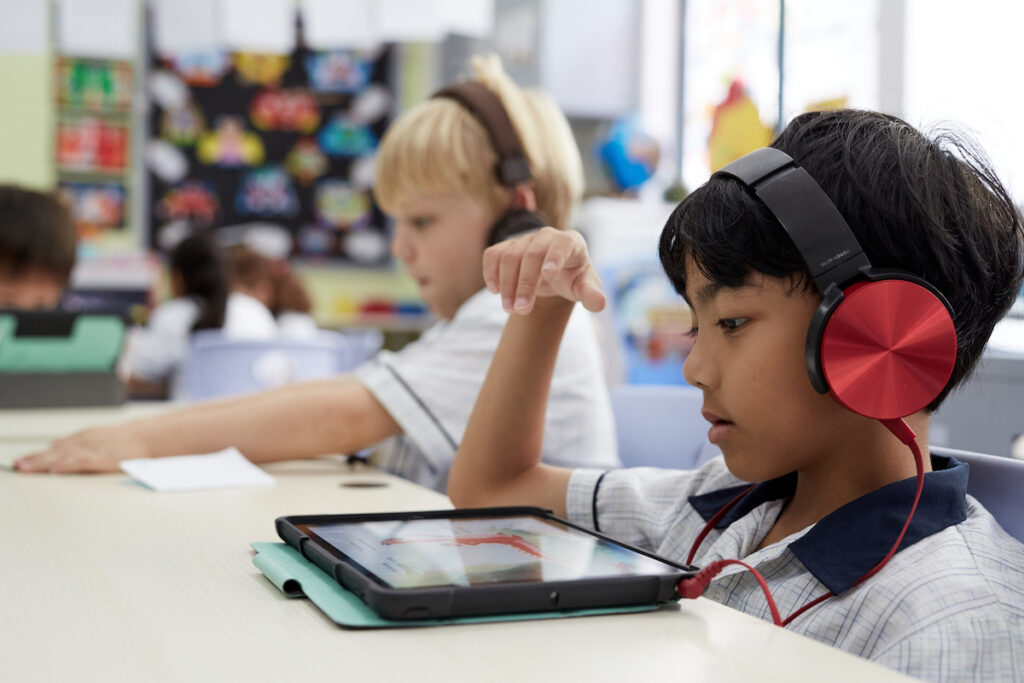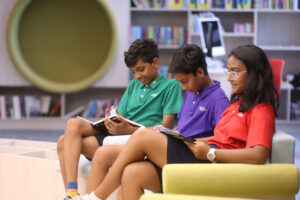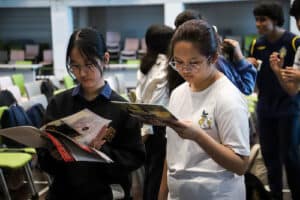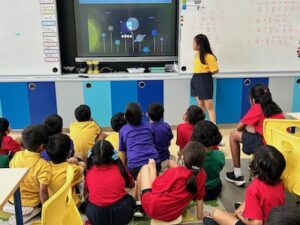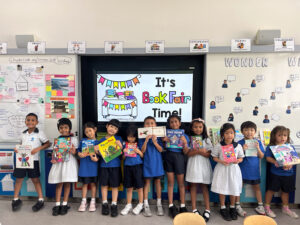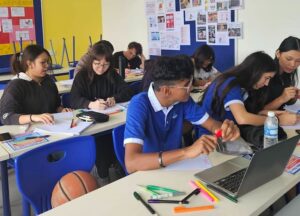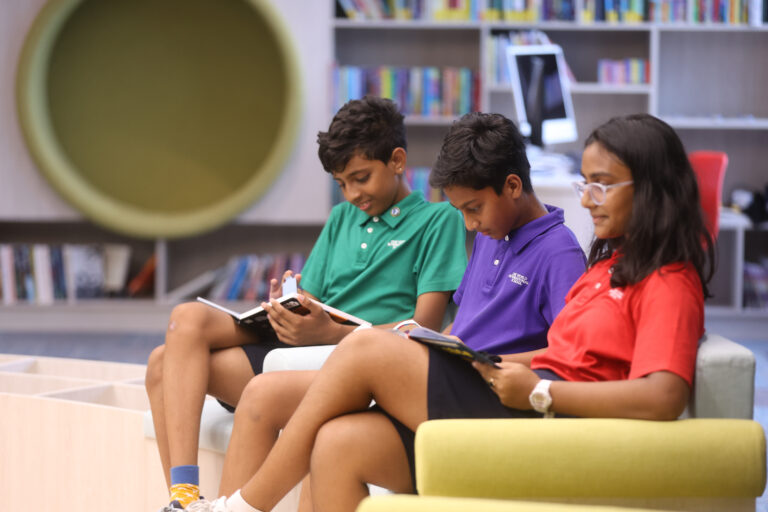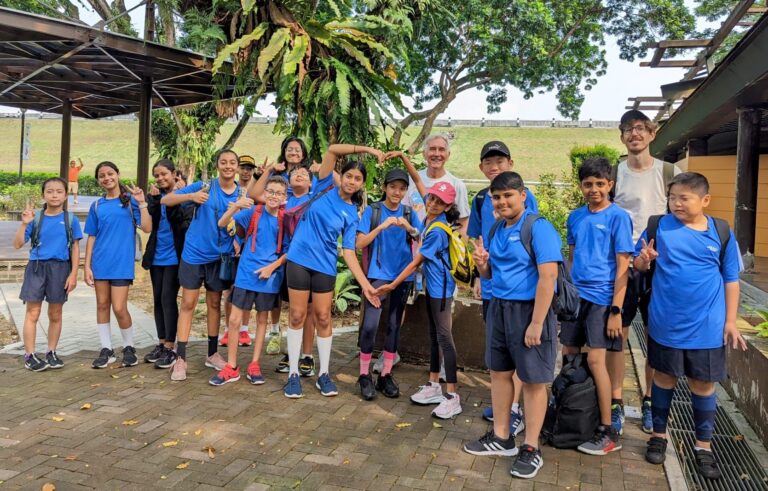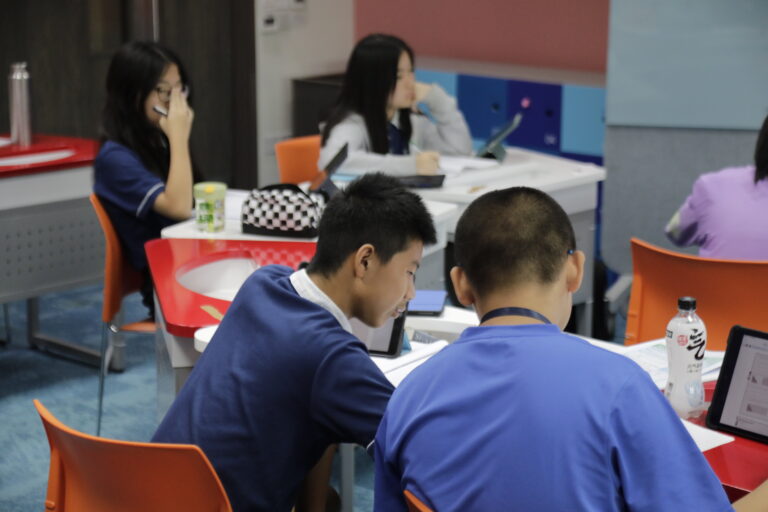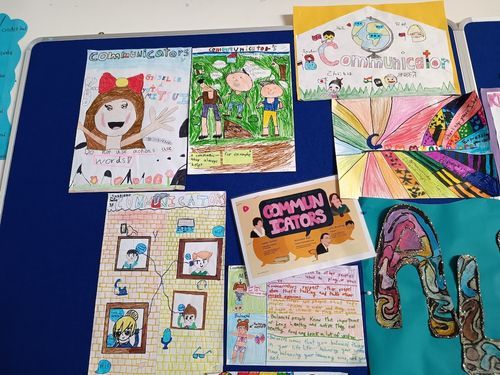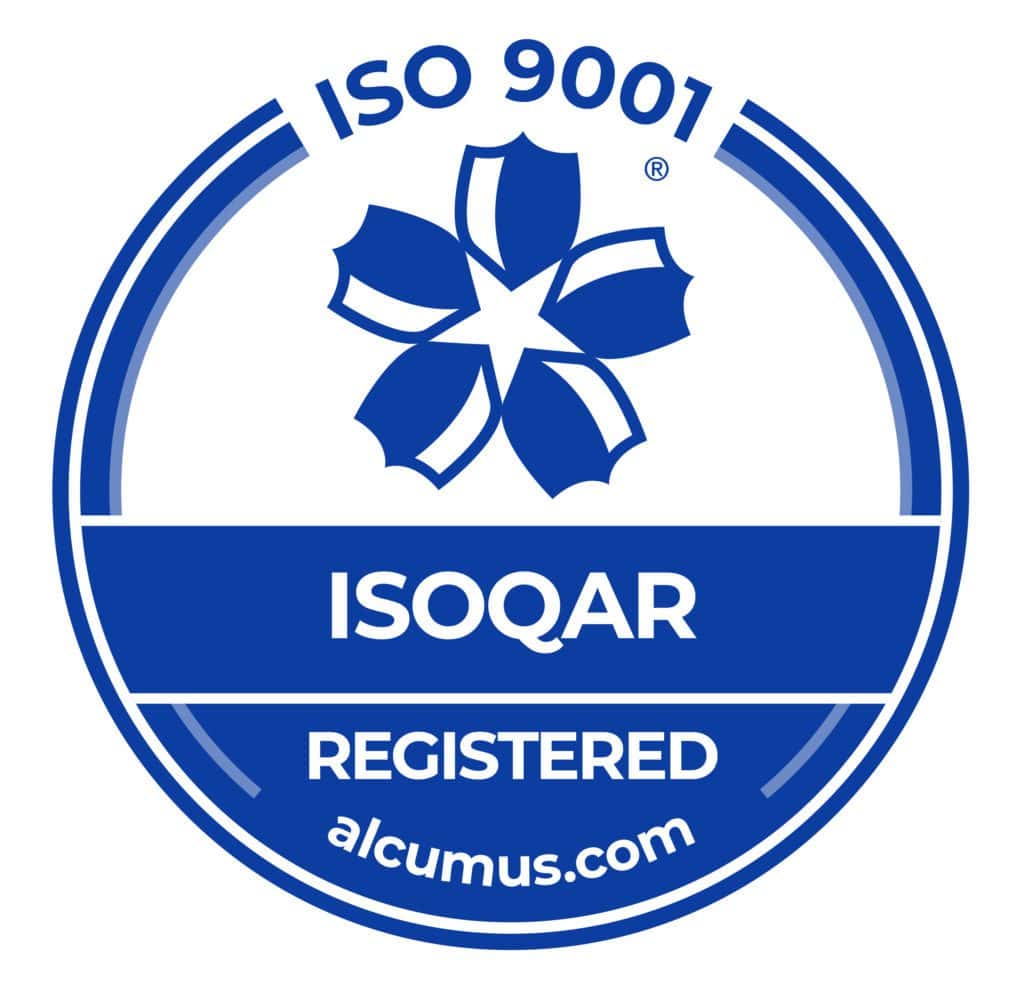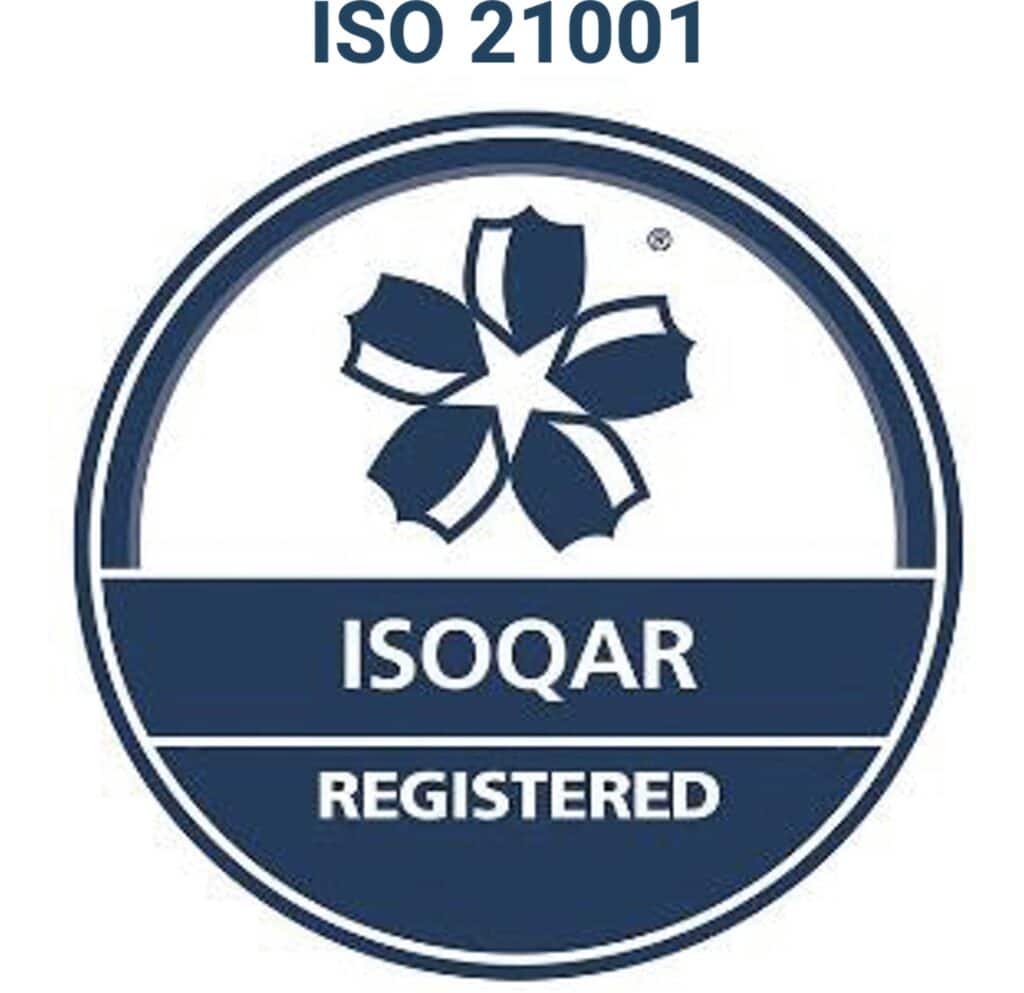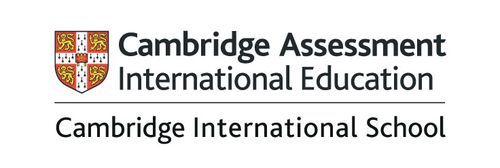Consider all the information your children consume through various traditional and online media. In a single day, they may see dozens or even hundreds of news reports and advertising on video games, social media, websites, blogs and television, to name a few. It can be difficult for children to determine if an individual or organisation created the content, its purpose, whether it’s a fact or opinion, and if the source is credible and impartial.
That’s why it’s important for you to show your children how to analyse and understand the content they view. Known as media literacy, this 21st-century skill gives your children a balanced viewpoint, helps them understand sources and creators of content, and guides your children to become informed global citizens. As you explore media literacy, you learn why it’s important and how you can teach your children this invaluable skill.
What Does it Mean to be Media Literate?
When you think of the word “literacy”, your first thoughts may turn to reading and writing. Reading/writing literacy and media literacy are indeed similar in that they both rely on stepping stones. For example, when your children learn to read and write, they first recognise and name the letters before they can begin to identify words and then understand word meanings. After learning how to read, your children become writers and continue to improve their literacy skills over time.
Media literacy progresses in a similar way. Your children start by identifying the different types of media they digest daily. Examples can include traditional media such as newspapers, magazines, television and radio, plus text messages, social media, memes, viral videos, video games and more. Your children then learn to identify the message and understand what that message means. Understanding and interpreting the messages that they read and watch through various media is the basis behind media literacy.
What is Digital Literacy and Digital Citizenship?
As their titles suggest, digital literacy and media literacy are connected. Both concepts are part of information literacy, which is the ability to find, identify, evaluate and use information effectively.
However, digital literacy applies to non-traditional media sources like the internet, smartphones and video games. It can spill over into the online content your children view, create and share. Keep the nuances of the definitions in mind as you read on and learn more about media literacy and how it influences your children’s digital citizenship.
Why is Media Literacy Important for Your Children?
Students of all ages benefit when they develop media literacy. Here are ten reasons why this concept is important for your children.
1. Search media effectively. Whether your children complete a school report or watch music videos, they discover how to evaluate the media’s quality, credibility and validity.
2. Cite sources correctly. Give proper credit when using or referencing other people’s work and refuse to plagiarise.
3. Protect private information. Internet safety basics include using privacy settings, creating strong passwords and respecting the privacy of others.
4. Understand digital footprints. Every online interaction creates a composite profile that almost anyone can access.
5. Respect ideas and opinions. Media literacy requires your children to honour differences and diversity.
6. Recognise point-of-view. Knowing the goal and perspective of media can equip children to question and contextualise information.
7. Think critically. As your children dig into the details, they determine the reason for the message and its accuracy before they either accept or reject the message.
8. Support interdisciplinary education. When your children evaluate an ad, they can learn about the power of colour (art), consider the role of shapes (geometry and design) and explore the brand’s previous advertising (history).
9. Create content. Understanding the point of view and honing the message helps your children craft responsible and compelling media content.
10. Become a smart consumer. Your children learn to recognise credible and persuasive content as they evaluate products and information.
How can Parents Teach Media Literacy at Home?
As a parent, you have tremendous influence over your children. But media saturation can make you feel disconnected and unsure about how to help your children become better digital citizens.
Here are some ideas on how you can be involved and make a significant impact on your children by becoming a media mentor. In this role, you can engage your children about media content via the following steps.
1. Identify your children’s interests. When you know what media content your children enjoy, you can include that content in discussions about media literacy issues.
2. Consume content together. Create a connection with your children when you watch videos, play games and read magazines together. When you spend time with your children, you show them how much you care and build a bridge that can motivate your children to engage in discussions around media and online content.
3. Incorporate media literacy lessons into everyday life. Instead of sit-down lectures, look for ways to incorporate media literacy facts as you watch commercials, use websites and read toy packaging together.
4. Think critically. Take the time to form your own opinion about media content and be prepared to defend your position as you model critical thinking and evaluation of what you see in the media to your children.
5. Ask challenging questions. While it’s tempting to share your opinion and label content as good or bad, ask questions instead. Guide your children to form their own conclusions about the media that they consume.
6. Listen with an open mind. Maybe you don’t like all the music your children listen to or agree with their review of individual websites. Give your children space to share their opinions, and be curious as you ask your children to clarify their position.
How Does OWIS Impart Media and Digital Literacy?
Children use media in almost every area of life. That’s why we include it in our holistic curriculum at OWIS. In nearly every classroom, the children use technology. That’s the first step we take to teach digital literacy. From there, we make students media-aware gradually, beginning in Grade 4.

At around this time, children start using iPads and different software applications independently in the classroom, and we include digital and media literacy awareness and understanding within the context of their learning. For example, children will analyse advertisements, marketing content, product launch materials and media reports when they learn about marketing and advertising in their curriculum. Teachers will then provide activities that help children understand ads, differentiate between information and selling, learn about target audiences and become aware of their reactions as consumers.
A recent activity allowed our Grade 4 students to demonstrate what they learned about marketing and positioning during their Inquiry on Marketing. The activity, named SharkTank@OWIS, required students to create an imaginary innovative product or service, complete a marketing campaign for their invention and present the material to a panel of judges. Our creative students invented biodegradable cutlery, solar-powered shoes that charge cell phones, and more. Six students with the best presentations earned the privilege of shadowing the OWIS marketing team for half a day. After learning more about the marketing process, the students wrote and published their own social media copy for their invention, which you can see here. This practical activity is one of many opportunities at OWIS where your children can go beyond just becoming media literate, to being media savvy.
Secondary school students build on earlier skills and learn about the importance of digital citizenship as part of the curriculum and in their PSPE classes. They will read and discuss news items and articles as a group with the teachers’ facilitation. They also analyse and create advertising content.
Through these methods, your children receive regular and thorough instruction in media and digital literacy as we equip a new generation of wise consumers.
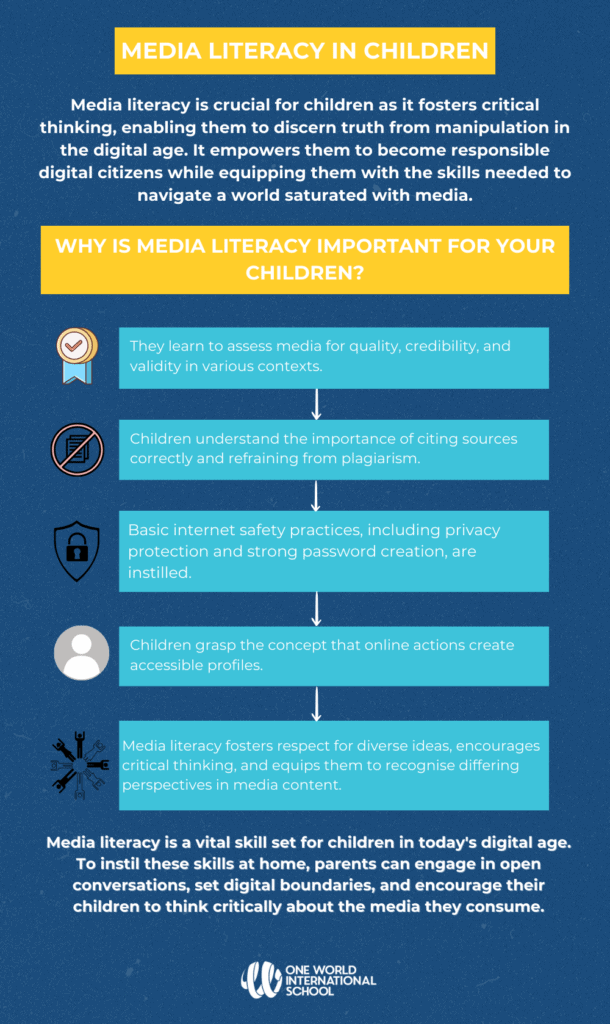
Media literacy is a vital 21st-century skill your children need in today’s digital age. As your children consume and create content, digital and media literacy allow them to become responsible global citizens.
Learn more about OWIS and get in touch with us to understand more about our focus on media literacy. Or follow us and get the latest updates on social media.
(This blog was originally written in collaboration with Mr Anthony Hacking, former Senior Coordinator – Secondary (Pastoral) & Maths Teacher, OWIS Nanyang.)
